Citation impact metrics information
Home » Trend » Citation impact metrics informationYour Citation impact metrics images are available. Citation impact metrics are a topic that is being searched for and liked by netizens today. You can Find and Download the Citation impact metrics files here. Download all royalty-free images.
If you’re searching for citation impact metrics pictures information linked to the citation impact metrics interest, you have visit the right site. Our website frequently gives you hints for seeing the highest quality video and picture content, please kindly surf and find more informative video articles and images that fit your interests.
Citation Impact Metrics. Databases collect data from different sources and calculate their metrics differently. They are sometimes used to measure the citation impact of journals rather than the. Citations are a established measure of research impact, however, analysis offered by different tools will have varying results. Alternative metrics are a way to discover a more complete picture of how a given scholarly work is used, as.
 Scopus Research Impact Metrics Citation Analysis for From youtube.com
Scopus Research Impact Metrics Citation Analysis for From youtube.com
Citation metrics they measure different things and it is important to understand what they measure, the limits of what they interpret, and when best to use them. For example, a paper in oncology may accrue 10 citations in the first year after publication, while a paper in philosophy may take several years to accrue as many citations. Have the full text of all articles (letters dissertations, etc.) in the author�s field and be able to read every reference (citing article) in every article They are sometimes used to measure the citation impact of journals rather than the. An annual value that measures the citation impact of a title (i.e., journal, book series, conference proceeding or trade journal; Databases collect data from different sources and calculate their metrics differently.
Impact metrics the following citation metrics are produced by abstracting and indexing databases using their respective datasets.
Citation analysis can be applied to: The google scholar citation count will be the first item of the last line of the article�s entry, as cited by #. The process whereby the impact or quality of an article is assessed by counting the number of times other authors mention it in their work. An annual value that measures the citation impact of a title (i.e., journal, book series, conference proceeding or trade journal; The impact factor measures the average number of citations in a particular year by papers published in the journal in the two preceding years. A journal you published in might not be indexed by the main.
![]() Source: guides.uflib.ufl.edu
Source: guides.uflib.ufl.edu
An annual value that measures the citation impact of a title (i.e., journal, book series, conference proceeding or trade journal; An individual article (how often it was cited) a researcher (total citations, or average citation count per article) Citation analysis can be applied to: Citation analysis can be used as a quantifiable measure of academic output and research impact, which can help inform decisions on publication, promotion, and tenure. The latter is referred to as the expected number of citations.
 Source: researchgate.net
Source: researchgate.net
Databases collect data from different sources and calculate their metrics differently. The impact factor of a journal is calculated by dividing the number of current year citations by total number of published articles in the journal during the previous 2 years. Alternative metrics are a way to discover a more complete picture of how a given scholarly work is used, as. Citations accrue at different rates across disciplines, depending on the publishing volume and other norms. An annual value that measures the citation impact of a title (i.e., journal, book series, conference proceeding or trade journal;
 Source: dosen.perbanas.id
Source: dosen.perbanas.id
Citation analysis can be used as a quantifiable measure of academic output and research impact, which can help inform decisions on publication, promotion, and tenure. To see what documents cited this article, click on the cited by link. Scopus, scival fwci is the ratio of the actual number of citations received by an output to date and the `expected’ number for an output with similar. Alternative metrics are a way to discover a more complete picture of how a given scholarly work is used, as. Citation is the process of acknowledging or citing a source (journal, book, or other) in a published work.
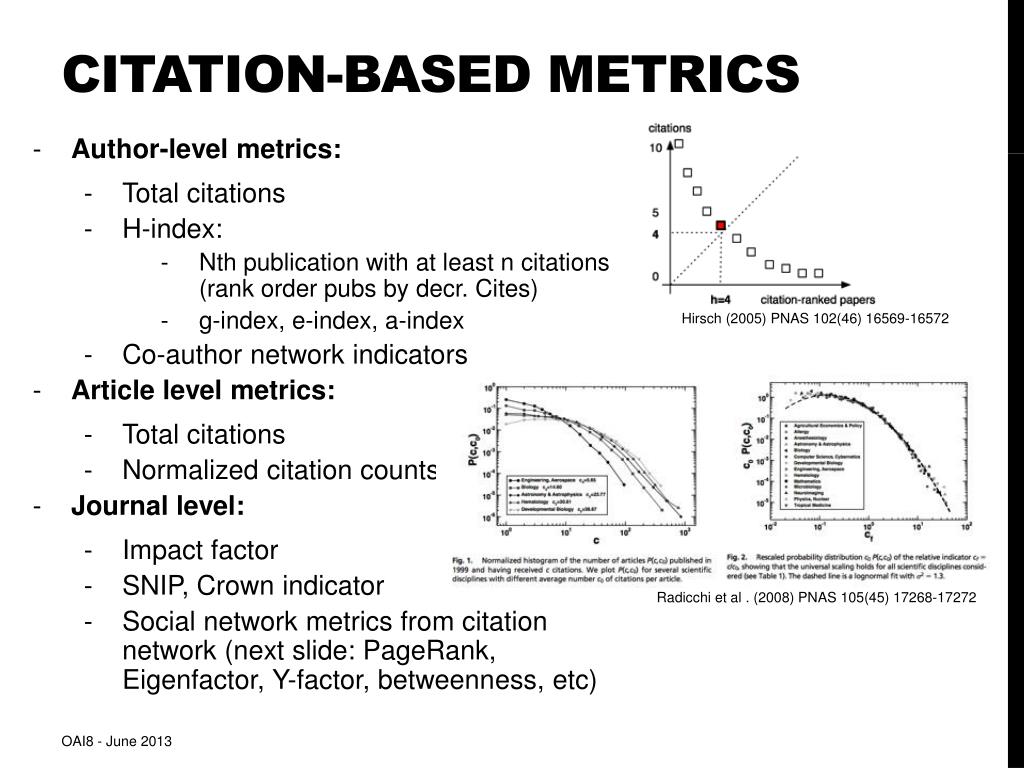 Source: slideserve.com
Source: slideserve.com
Citations accrue at different rates across disciplines, depending on the publishing volume and other norms. The field normalized citation impact (fnci) is the ratio between the actual citations received by a publication and the average number of citations received by all other similar publications. The journal’s highest subject category ranking in the journal citation reports. Citation analysis can be used as a quantifiable measure of academic output and research impact, which can help inform decisions on publication, promotion, and tenure. When reviewing citation counts consider:
 Source: slideserve.com
Source: slideserve.com
Go to google scholar via the above link (through asu library). Citation analysis information on how to use library resources for citation analysis, including information about impact factors, journal rankings, altmetrics and how to find who has cited an article. Scopus, scival fwci is the ratio of the actual number of citations received by an output to date and the `expected’ number for an output with similar. Impact metrics the following citation metrics are produced by abstracting and indexing databases using their respective datasets. To see what documents cited this article, click on the cited by link.
 Source: libguides.lb.polyu.edu.hk
Source: libguides.lb.polyu.edu.hk
Citation metrics focus on the statistical patterns and measurements of citations. Enter the title of the document within quote marks. Citations are a established measure of research impact, however, analysis offered by different tools will have varying results. The google scholar citation count will be the first item of the last line of the article�s entry, as cited by #. A measure of how often an average article in a journal has been cited.
 Source: researchgate.net
Source: researchgate.net
The impact factor of a journal is calculated by dividing the number of current year citations by total number of published articles in the journal during the previous 2 years. The latter is referred to as the expected number of citations. Have access to all articles an author publishes; For example, a paper in oncology may accrue 10 citations in the first year after publication, while a paper in philosophy may take several years to accrue as many citations. An individual article (how often it was cited) a researcher (total citations, or average citation count per article)
 Source: researchgate.net
Source: researchgate.net
An annual value that measures the citation impact of a title (i.e., journal, book series, conference proceeding or trade journal; Citation analysis invovles counting the number of times an article is cited by other works to measure the impact of a publicaton or author. An annual value that measures the citation impact of a title (i.e., journal, book series, conference proceeding or trade journal; The latter is referred to as the expected number of citations. The process whereby the impact or quality of an article is assessed by counting the number of times other authors mention it in their work.
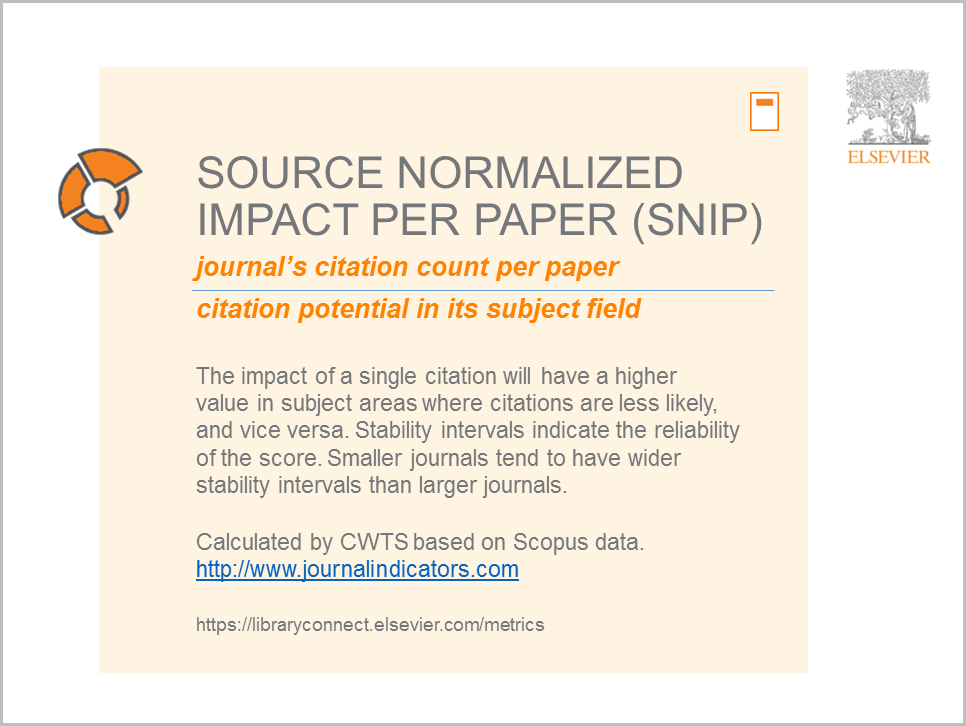 Source: blog.scopus.com
Source: blog.scopus.com
The journal’s highest subject category ranking in the journal citation reports. Citations are a established measure of research impact, however, analysis offered by different tools will have varying results. Citation metrics they measure different things and it is important to understand what they measure, the limits of what they interpret, and when best to use them. These metrics represent a variety of methods for measuring the citation impact of published research on a journal level. An individual article (how often it was cited) a researcher (total citations, or average citation count per article)
 Source: guides.library.ubc.ca
Source: guides.library.ubc.ca
A measure of how often an average article in a journal has been cited. These metrics represent a variety of methods for measuring the citation impact of published research on a journal level. Scopus, scival fwci is the ratio of the actual number of citations received by an output to date and the `expected’ number for an output with similar. Citations can be counted as a measure of the usage and engagement with the cited work. Enter the title of the document within quote marks.

However, for the information to be accurate, a database must: Enter the title of the document within quote marks. An individual article (how often it was cited) a researcher (total citations, or average citation count per article) The field normalized citation impact (fnci) is the ratio between the actual citations received by a publication and the average number of citations received by all other similar publications. Go to google scholar via the above link (through asu library).
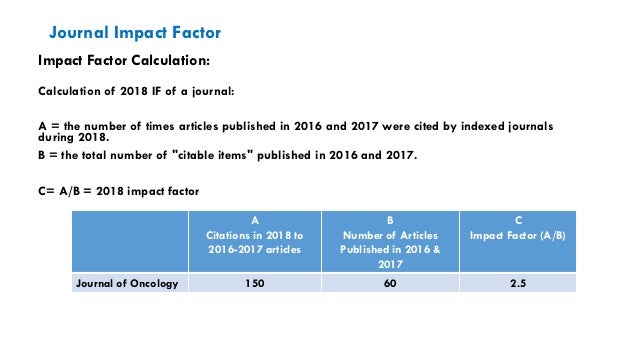 Source: slideshare.net
Source: slideshare.net
Citations accrue at different rates across disciplines, depending on the publishing volume and other norms. For example, a paper in oncology may accrue 10 citations in the first year after publication, while a paper in philosophy may take several years to accrue as many citations. Citation metrics focus on the statistical patterns and measurements of citations. A measure of how often an average article in a journal has been cited. The impact factor of a journal is calculated by dividing the number of current year citations by total number of published articles in the journal during the previous 2 years.
Source: citingbytes.blogspot.com
Citations accrue at different rates across disciplines, depending on the publishing volume and other norms. The google scholar citation count will be the first item of the last line of the article�s entry, as cited by #. A measure of how often an average article in a journal has been cited. Citation analysis invovles counting the number of times an article is cited by other works to measure the impact of a publicaton or author. Citation analysis information on how to use library resources for citation analysis, including information about impact factors, journal rankings, altmetrics and how to find who has cited an article.
 Source: chemistryviews.org
Source: chemistryviews.org
Citation metrics focus on the statistical patterns and measurements of citations. Go to google scholar via the above link (through asu library). Databases collect data from different sources and calculate their metrics differently. The impact factor measures the average number of citations in a particular year by papers published in the journal in the two preceding years. Based on scopus, it provides a measure of journal citation impact to 26,000 titles (in 2020), 13,000 more than the impact factor.
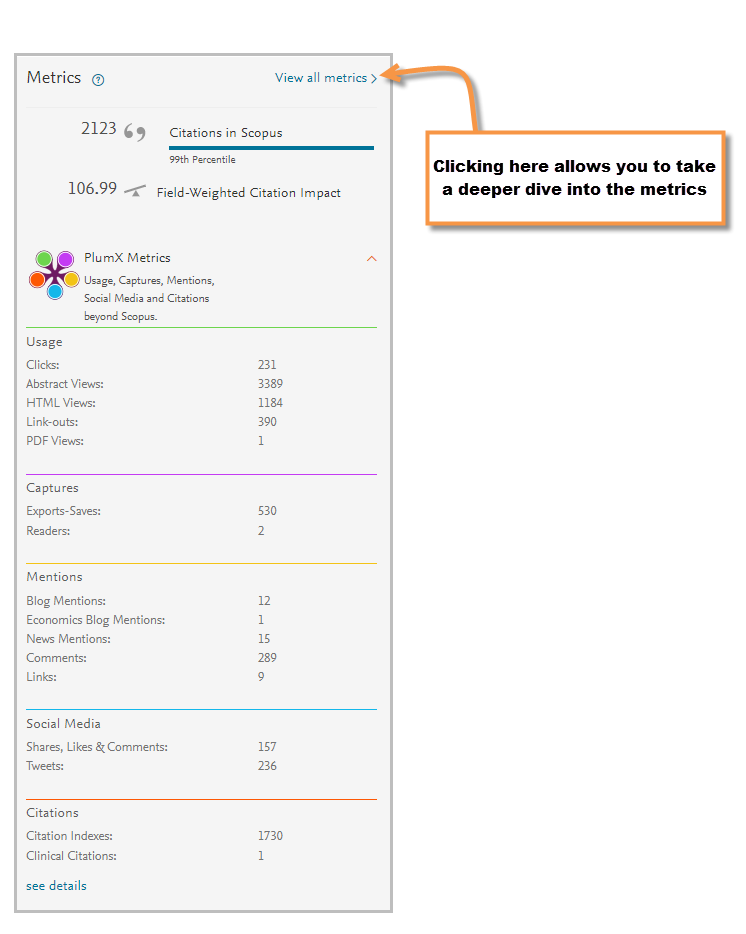 Source: blog.scopus.com
Source: blog.scopus.com
The journal’s highest subject category ranking in the journal citation reports. Have access to all articles an author publishes; Alternative metrics are a way to discover a more complete picture of how a given scholarly work is used, as. These metrics represent a variety of methods for measuring the citation impact of published research on a journal level. Go to google scholar via the above link (through asu library).
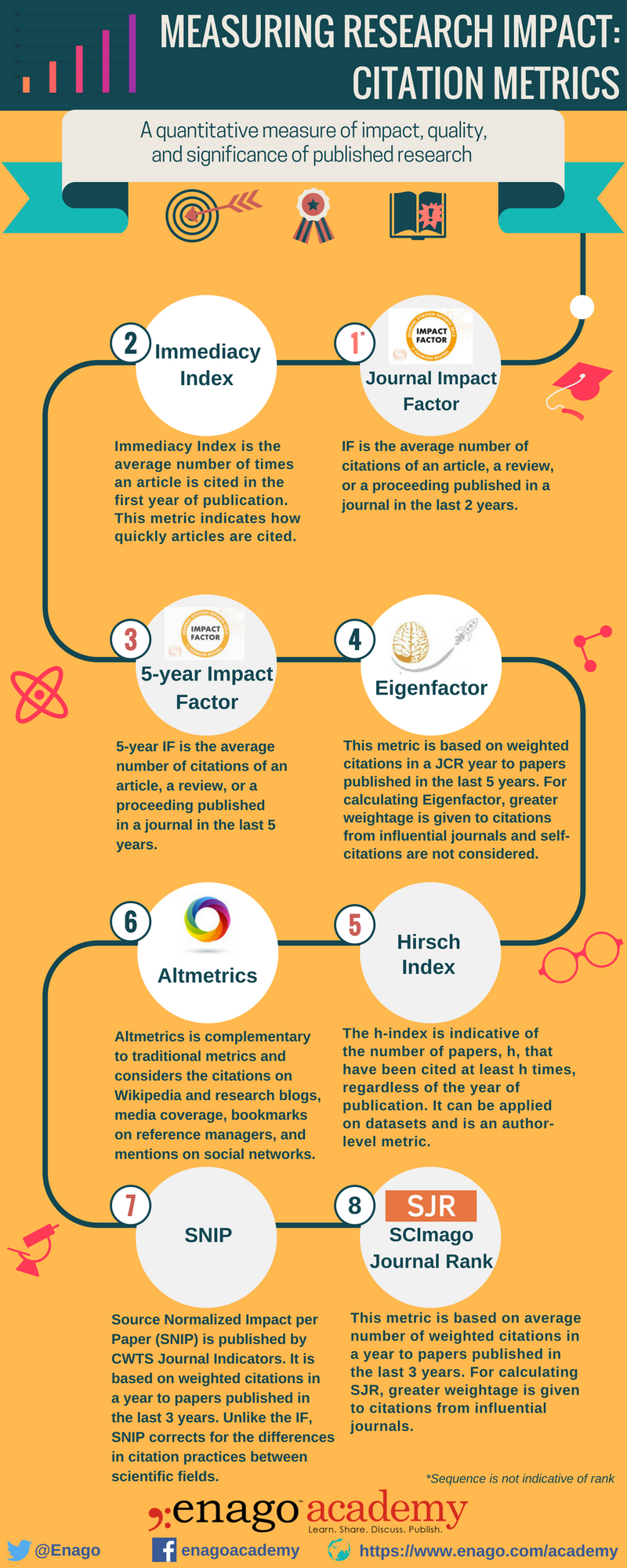 Source: enago.com
Source: enago.com
Have access to all articles an author publishes; Impact metrics the following citation metrics are produced by abstracting and indexing databases using their respective datasets. The field normalized citation impact (fnci) is the ratio between the actual citations received by a publication and the average number of citations received by all other similar publications. Citation metrics focus on the statistical patterns and measurements of citations. Citation metrics they measure different things and it is important to understand what they measure, the limits of what they interpret, and when best to use them.
 Source: youtube.com
Source: youtube.com
Databases collect data from different sources and calculate their metrics differently. Citation metrics focus on the statistical patterns and measurements of citations. Enter the title of the document within quote marks. A journal you published in might not be indexed by the main. The journal’s highest subject category ranking in the journal citation reports.
 Source: researchgate.net
Source: researchgate.net
These metrics represent a variety of methods for measuring the citation impact of published research on a journal level. The impact factor measures the average number of citations in a particular year by papers published in the journal in the two preceding years. Scopus, scival fwci is the ratio of the actual number of citations received by an output to date and the `expected’ number for an output with similar. The process whereby the impact or quality of an article is assessed by counting the number of times other authors mention it in their work. Alternative metrics are a way to discover a more complete picture of how a given scholarly work is used, as.
This site is an open community for users to do submittion their favorite wallpapers on the internet, all images or pictures in this website are for personal wallpaper use only, it is stricly prohibited to use this wallpaper for commercial purposes, if you are the author and find this image is shared without your permission, please kindly raise a DMCA report to Us.
If you find this site good, please support us by sharing this posts to your own social media accounts like Facebook, Instagram and so on or you can also bookmark this blog page with the title citation impact metrics by using Ctrl + D for devices a laptop with a Windows operating system or Command + D for laptops with an Apple operating system. If you use a smartphone, you can also use the drawer menu of the browser you are using. Whether it’s a Windows, Mac, iOS or Android operating system, you will still be able to bookmark this website.